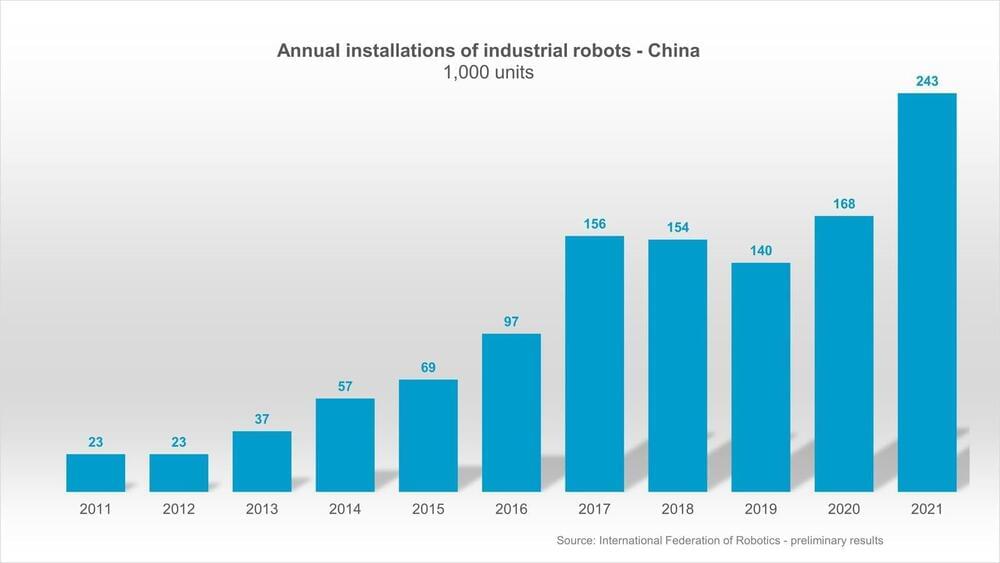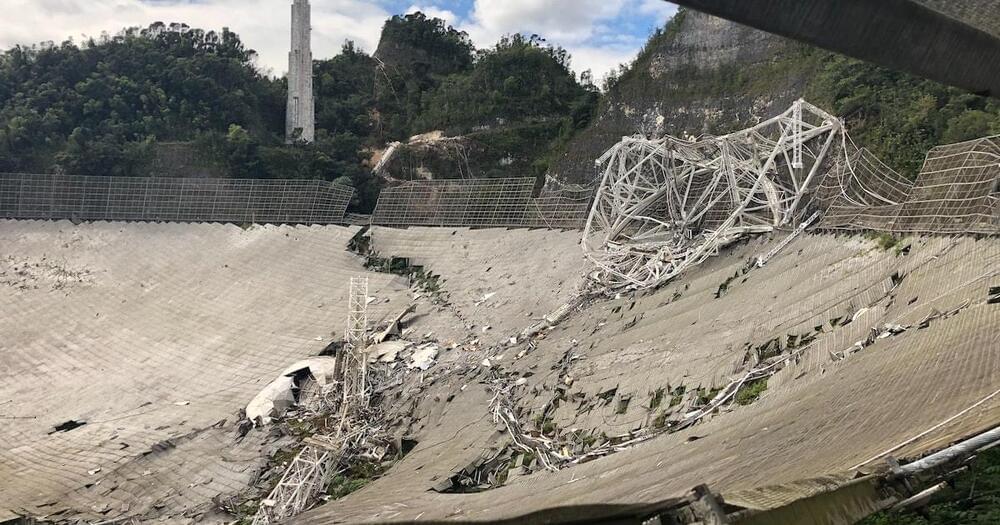“China was leading the global recovery after the Covid-19 pandemic and accounted for half of worldwide robot installations in 2021,” said Marina Bill, President of the International Federation of Robotics. “Growth is strong across all industries with electrical and electronics being the dominant sector – up 30% to 81,600 installations. The automotive industry also showed a strong recovery. This was mainly driven by electric vehicle manufacturing in China. It rose by 89% in 2021 with 50,700 installations.”
Chinese government supports robotic automation
In China aging population’s demographics causes shortage of labor and drives the growth of robotic automation. The continued robotization of industries has been announced earlier this year by the government. The Five-Year plan for the robotics industry, released by the Ministry of Industry and Information Technology (MIIT) in Beijing, focuses on promoting innovation — making China a global leader of robot technology and industrial advancement.








